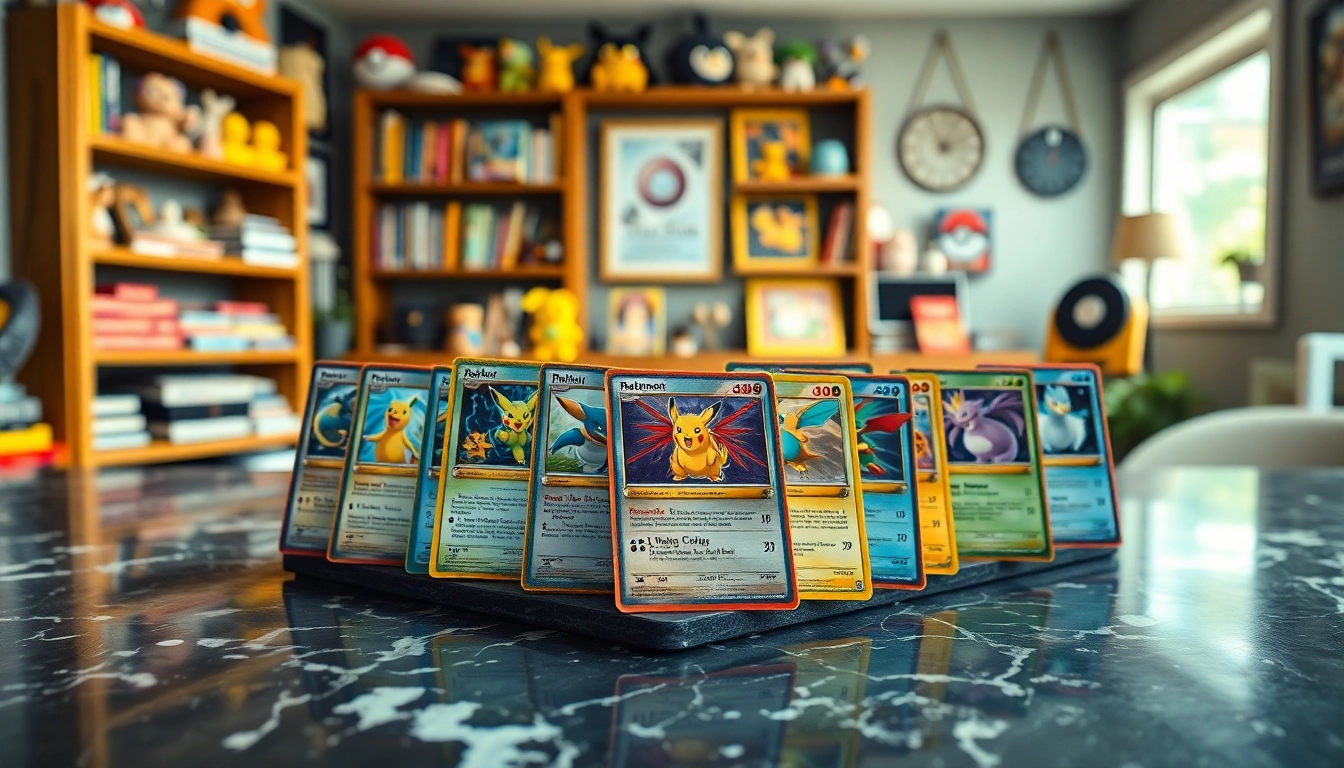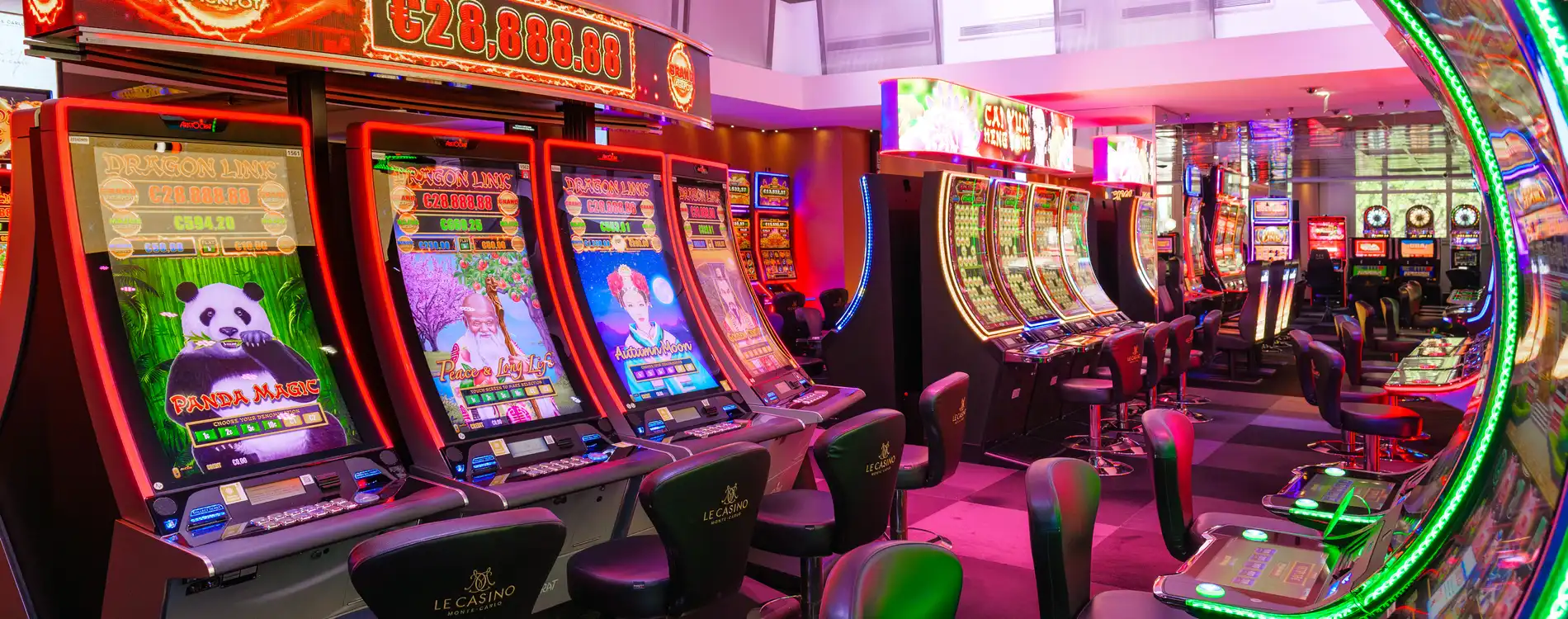Understanding Real Pokemon Cards
What Are Real Pokemon Cards?
Real Pokemon cards are authentic trading cards from the Pokemon Trading Card Game (TCG). These cards feature various Pokemon characters, moves, and abilities, and are collected and traded worldwide. The legitimacy of a Pokemon card can profoundly impact its value among collectors, making authenticity a crucial factor in both casual and competitive play. Collectors often seek real Pokemon cards for the nostalgia they provide, as well as for investment purposes, given the soaring prices of rare cards in recent years. The excitement surrounding these cards is palpable, particularly when discussing real pokemon cards and the joy of unwrapping a booster pack filled with potential treasures.
Importance of Authenticity in Collecting
When it comes to collecting, authenticity is the cornerstone. The value of Pokemon cards can vary dramatically based on whether they are real or fake. For instance, a first-edition Charizard card could fetch thousands if authentic but would be worthless if it’s a counterfeit. This discrepancy arises from both collector demand and market dynamics. Many collectors have dedicated significant time and resources to learn how to distinguish between genuine and fake cards, ensuring that their collections maintain value and integrity.
In competitive gameplay, the stakes are equally high. Players must use verified cards to comply with tournament rules. Using fake cards could lead to disqualification in competitive events, emphasizing the need for authenticity in ensuring fair play.
History and Evolution of Pokemon Card Designs
The Pokemon Trading Card Game was first introduced in 1996, beginning in Japan before its global expansion. Initial designs were simplistic compared to today’s standards, predominantly featuring basic Pokemon along with their attacks and weak points. Over time, the artwork and card mechanics have evolved significantly, introducing intricate designs, holofoil effects, and a variety of card types (e.g., EX, GX, and VMAX). These enhancements have not only beautified the cards but also added layers of strategy to the game.
By tracing the history of Pokemon cards, collectors can identify trends and appreciate the artistic progress made over the years. Cards from early sets are often regarded as nostalgic relics, while newer sets frequently adapt to current gameplay trends and player demand, leading to an ever-evolving collecting landscape.
How to Identify Real Pokemon Cards
Key Features of Genuine Cards
Identifying real Pokemon cards involves understanding their physical attributes. There are several key features to look out for:
- Card Quality: Authentic cards are printed on high-quality cardstock, giving them a distinct feel compared to fakes. Genuine cards tend to have a firm yet flexible feel.
- Texture: Real Pokemon cards have a certain texture, especially on the holographic aspect. The surface should be smooth, without any ripples or inconsistencies.
- Color: Compare the color hues of a suspected fake versus an authentic card. Genuine cards have deep, consistent colors that won’t fade, while counterfeit cards often show discrepancies in color saturation and vibrancy.
- Light Test: A simple test involves holding the card up to a strong light source. Real Pokemon cards will allow a small amount of light to pass through, whereas fakes may either be too thick or too transparent.
Common Signs of Fake Pokemon Cards
It’s essential to be aware of common signs that determine card authenticity:
- Weight: Fake cards can sometimes feel heavier or lighter than genuine ones. If a card seems off in weight, investigate further.
- Print Quality: Blurriness, pixelation, or uneven colors are signs of fakes. Legitimate cards have precise print quality and clarity.
- Back Design: The back of a Pokemon card features a specific design and layout. Any deviation from the original pattern can indicate a counterfeit.
- Card Wobble: When dropped, real cards will snap back in place without much wobble. If it wobbles significantly, it’s likely a fake.
Using Technology to Verify Authenticity
With advancements in technology, verifying the authenticity of Pokemon cards is becoming easier. Various tools help determine whether a card is real or fake. For example:
- Smartphone Applications: Some apps allow users to scan cards and assess their authenticity based on image recognition and pre-existing databases of genuine cards.
- Black Light Test: Genuine Pokemon cards often have specific features that will show up under black light, highlighting the authentic ink used in production.
- Professional Grading Services: Numerous services provide expert grading, including checking the authenticity of cards. These services assign a grade based on the card’s condition and authenticity, greatly enhancing value and assurance for collectors.
Where to Buy Real Pokemon Cards
Top Online Retailers for Authentic Cards
Purchasing real Pokemon cards online can be a thrilling experience. There are numerous platforms known for selling authentic products:
- Pokemon Center: The official site offers a variety of Pokemon merchandise, including TCG products which are all guaranteed to be authentic.
- Cardmarket: Europe’s largest online marketplace caters to Pokemon TCG enthusiasts where you can buy and sell singles, booster packs, and more.
- eBay: While this platform demands caution, many trusted sellers offer authentic Pokemon cards. Always check seller ratings and return policies before purchasing.
Local Stores that Sell Real Pokemon Cards
Finding local stores that stock authentic Pokemon cards can enhance the collecting experience. Many comic shops, toy stores, and dedicated gaming outlets sell genuine cards. Here are general tips for locating these stores:
- Local Game Shops: These stores not only sell Pokemon cards but often host tournaments and events, making them a hub for the Pokemon community.
- Conventions and Comic Fairs: These events often feature vendors specializing in collectible cards, providing an excellent opportunity to acquire rare items.
- Social Media Groups: Join local Pokemon collectorships on platforms like Facebook or Instagram, where members can share store recommendations.
Tips for Safe Transactions when Buying Online
When engaging in online purchases, particularly for collectibles, safety should be a priority. Here are several best practices:
- Read Reviews: Always scrutinize seller reviews and ratings from previous buyers to gauge reliability.
- Use Payment Protection: Opt for payment methods that offer buyer protection to mitigate loss from scams.
- Ask for Additional Photos: If you are uncertain about a card’s authenticity, request clearer images to scrutinize its features further.
- Customs and Duties: For international shipments, be aware of any custom charges or duties that may apply when importing cards.
Maintaining Your Collection of Real Pokemon Cards
Best Practices for Card Care and Storage
Proper maintenance of your Pokemon card collection can preserve its value and integrity. Here are some effective tips:
- Card Sleeves: Use protective sleeves that are archival-safe to shield cards from dust and physical damage.
- Storage Boxes: Invest in sturdy storage boxes specifically designed for trading cards, ensuring they are kept in a controlled climate to avoid humidity or heat damage.
- Avoid Direct Sunlight: Store cards away from direct sunlight to prevent discoloration and fading of the artwork.
- Regular Checks: Periodically review your collection for any signs of wear or damage, addressing issues immediately to maintain condition.
How to Display Your Real Pokemon Cards Effectively
Displaying real Pokemon cards can be a delightful way to share your passion with others. Here are various methods to showcase your collection:
- Framed Displays: Frame your most prized cards to protect them and create a striking piece of artwork for your walls.
- Display Cases: Utilize glass display cases to keep cards visible while preventing dust and damage.
- Album Binders: Use binders with acid-free pages to organize and display your collection, allowing for easy flipping through.
- Rotating Gallery: Regularly update the display by rotating featured cards to feature different parts of your collection.
Insurance and Valuation of Your Card Collection
As your collection grows, considering insurance and valuation becomes paramount. Here’s how to approach this:
- Professional Appraisals: Seek appraisals from experts to determine the market value of your collection, particularly for high-value items.
- Insurance Options: Research insurance policies tailored for collectibles to protect against theft, damage, or loss.
- Document Collection Details: Maintain a record of each card’s details, including purchase receipts and grading info, for insurance purposes and future valuation.
The Investment Value of Real Pokemon Cards
Current Market Trends and Pricing Insights
The market for Pokemon cards has seen explosive growth in recent years, with certain rare cards appreciating significantly in value. Analyzing market trends can help collectors recognize profitable investment opportunities:
- Rarity and Condition: Cards that are rare and in optimal condition often sell for premium prices. Collectors should focus on acquiring these high-value absolutes.
- Market Fluctuation: Be aware of market volatility. Prices can fluctuate based on trends, player demand, and even pop culture influences.
- Community Engagement: Following forums and engaging with communities can yield insights into which cards are gaining value and why, allowing for strategic purchases.
Benefits of Investing in Rare Real Pokemon Cards
Investing in rare real Pokemon cards offers numerous advantages:
- Long-term Value: Rare cards tend to appreciate over time, thus forming a solid investment.
- Community Building: Engaging with fellow collectors can lead to valuable connections and insights into future market trends.
- Thorough Knowledge Acquisition: Investing in the card market promotes deeper understanding of the game, its history, and the nuances of collecting, enhancing overall enjoyment.
Future Predictions for Pokemon Card Collecting
As the years go by, Pokemon card collecting is likely to evolve. Here are some predicted trends to keep an eye on:
- Technological Integration: With the rise of augmented reality and blockchain technology, future cards may feature interactive elements, while blockchain could help validate authenticity.
- Increased Collectibility: As the franchise continues to grow and introduce new generations of fans, demand for both new and vintage cards will likely soar.
- Focus on Heritage Cards: Historical and vintage cards may see an appreciation in value as collectors seek to invest in legacy items.



